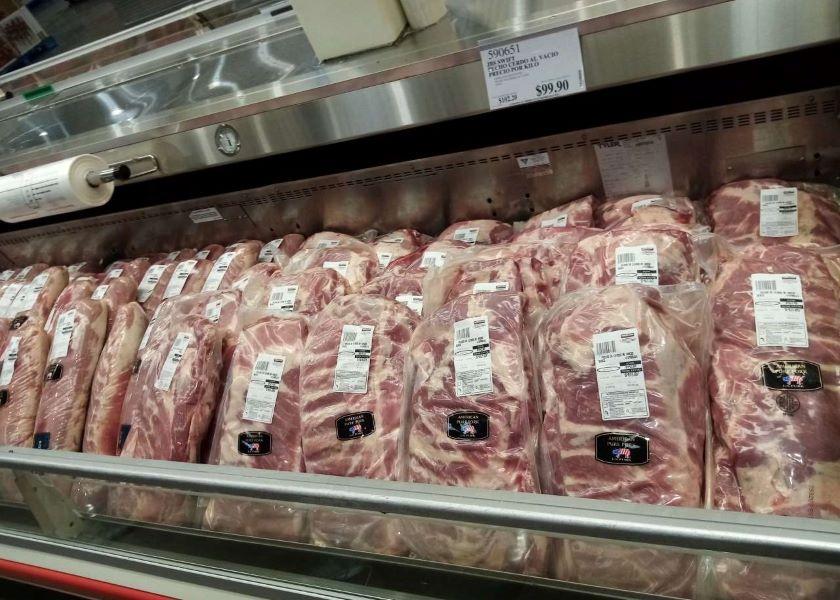A Competitive Advantage And Diversified Demand, U.S. Pork And Beef Exports Find Opportunity

With a modest increase in U.S. pork production and a decline in U.S. beef production expected in 2023, U.S. Meat Export Federation (USMEF) President and CEO Dan Halstrom highlights specific opportunities that may help move the needle in U.S. red meat exports in the coming year.
Pork production is expected to decline in Europe by nearly 8% from 2022 to the end of 2023. Halstrom explains how the U.S. pork export market may benefit from this production decrease.
“This could be a significant transition point where we could see some increased demand in key markets – picking a couple, maybe the Philippines, maybe Vietnam – where we could have some tailwinds from less competition from Europe, potentially,” Halstrom explains. “What happens in Europe and other places around the world definitely affects us, so we need to keep an eye on that.”
Due to contraction of the U.S. cattle herd forced by drought in 2022, U.S. beef production is expected to decline and will ultimately impact export volumes in 2023. However, Halstrom believes new opportunities are on the horizon.
“This is an opportunity in 2023, knowing that we will be down on beef production in total, to diversify our portfolio on a product side and provide more options to our customers around the world,” Halstrom says. “But it doesn't change our strategy – our strategy is still to be aggressive. We're working in markets like Japan, markets like Korea, markets like Mexico, and how do we provide alternatives to our customers in these markets?”
While consumers around the world may be used to buying certain products, Halstrom adds, USMEF is actively working to introduce other options that will continue to satisfy customers and increase demand for U.S. meat.







